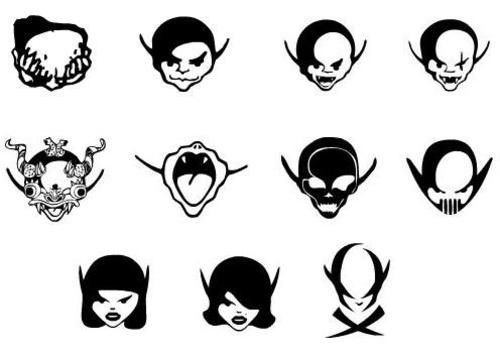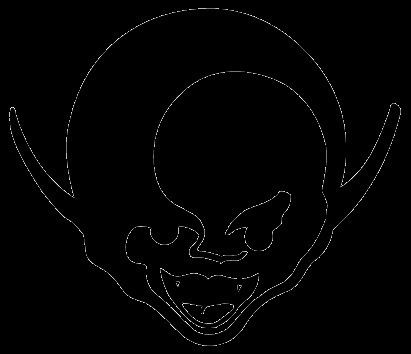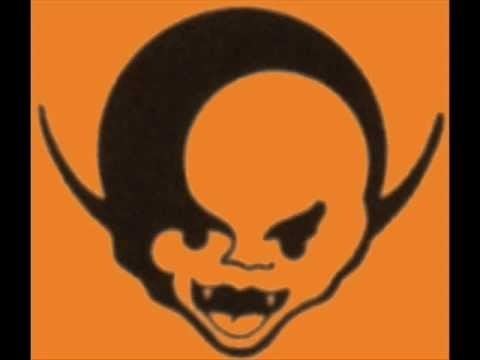Years active 1988–2009 | Website Official Website | |
 | ||
Associated acts Patricio Rey y sus Redonditos de RicotaLa RengaCharly GarciaPappoLeón Gieco Past members Daniel BuiraDaniel Fernández Record labels Distribuidora Belgrano Norte S.R.L., El Farolito Discos, El Farolito | DBN Albums | ||
Los piojos bicho de ciudad
Los Piojos was an Argentine rock band. Extremely popular, it became the seminal bands of the 1990s Argentine music scene.
Contents
- Los piojos bicho de ciudad
- Pacband cuando los piojos bailan
- Band members
- History
- Studio albums
- Live albums
- Videos
- Songs
- References

Unlike most suburban outfits, however, their style evolved significantly with each successive album, not only developing a unique style for the band but also incorporating elements of murga, candombe, and tango to an electric guitar base. This plus generally tight and at times memorable songwriting by frontman Ciro, has set them apart from the legions of suburban bands, and has made them one of the most popular bands in modern Argentine rock, with a strong following across Latin America and Europe, unusual for a band in their subgenre of Argentine rock. Their popularity remains undiminished.

Pacband cuando los piojos bailan
Band members

History

The band's origins are traced to 1988 when a bunch of friends from different cities decided to try playing music. They began doing so in the pubs of the far-flung western suburbs of Buenos Aires, a similar beginning as countless other suburban rock bands. In 1991, they headed to Europe to participate in an anti-racist music festival in France, where they played with groups from Mali, Burkina Faso, Cuba, and Spain.
Los Piojos made their commercial debut in 1992 with Chactuchac. Receiving the very favorable blessing of Patricio Rey y sus Redonditos de Ricota, did not hurt.
Ay Ay Ay followed in 1994, and both did reasonably well. But the band could not beat back the domination by the Nuevo Rock Argentino rock ("New Argentine Rock") of the first half of the 1990s, so Los Piojos did not achieve a total breakthrough in spite that by the second album Ciro's songwriting was beginning to flourish.
The band's third studio album, Tercer Arco, benefited from the suburban rock explosion of 1996: that year alone La Renga released their seminal album Despedazado por Mil Partes, Viejas Locas released their debut with the hit single "Intoxicado", among other events that sent suburban rock to the mainstream and ended new Argentine rock's dominance. But Tercer Arco was a great album on its own right, which made the overall result all the more explosive given the reigning musical environment.
By the second half of the year Los Piojos were filling arenas and small stadiums. And by the start of 1997, Tercer Arco had gone double-platinum in a swift manner. The single "El Farolito" was at the top of rotation in most radio stations, and the video for "Maradó" (about former football player Diego Maradona) as well as that for "Verano del 92" made top 10 on MTV (probably the only time in the history of rock music where a song based upon an Afro-Uruguayan chant did so!). 1997's gathering power which Los Piojos achieved simply confirmed that they had arrived in the big leagues of Argentine rock, and that suburban rock was now in the driver's seat.
To many, 1998's follow up studio album Azul is the best from the group. The band's assimilation of all types of eastern Argentine musical rhythms became clear with this release, and their eclectic nature did not cut into their popularity, in fact it made them more accessible to a wider Latin American taste, and so Los Piojos went on tour in Mexico and the United States. Ritual saw the light in 1999 as the 5th album for the band.
The third millennium arrived and saw Los Piojos still on top of things. They performed several concerts with sellout numbers alongside other suburban rock flag-bearers such as Divididos, La Renga, Viejas Locas, and ska-Latin band Los Auténticos Decadentes.
The group released Verde Paisaje del Infierno in 2000, another solid effort from "The Lice" (which is what their name means in Spanish). In 2003 the band came out with their 7th full-length, Máquina de Sangre. Becoming one of the best selling albums of the year, it showed that Los Piojos were still current, and that their place in the history of Argentine and Spanish-language rock was largely assured. They would sell out 70,000 seat River Plate Stadium, something only achieved locally by bands such as Soda Stereo, and the most important foreign musical acts.
Studio albums
Live albums
Videos
Songs
Tan SoloChac tu chac · 1993
Ando GanasAy Ay Ay · 1994
Todo Pasa3er Arco · 1996
